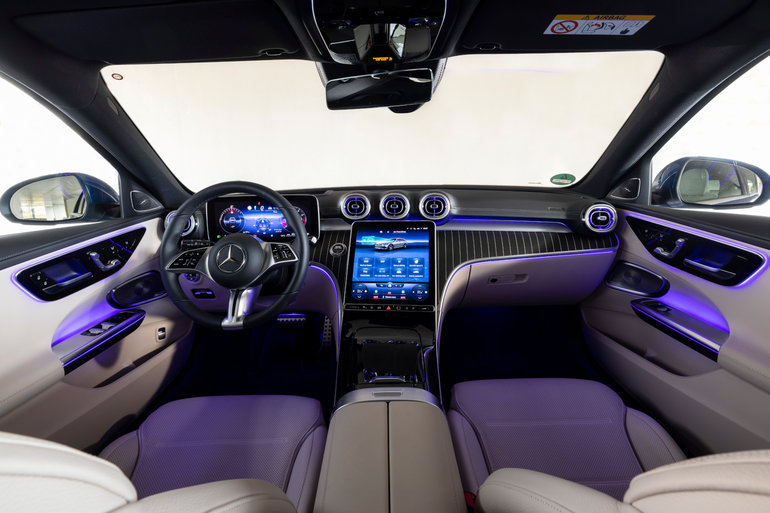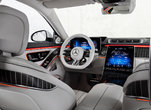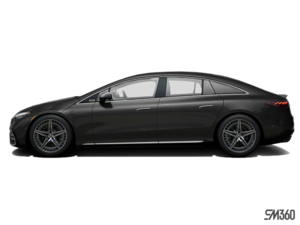Understanding Mercedes-Benz's ECO Assist: A Deep Dive into Efficient Driving
August 31 2023,

Mercedes-Benz, known for its groundbreaking innovations in the automobile industry, has introduced the ECO Assist feature, a novel technological advancement aiming to enhance driving efficiency.
The Core of ECO Assist:
Integrated within the DYNAMIC SELECT's ECO mode, ECO Assist utilizes a fusion of data from the vehicle's navigation systems and driving assistance features. Through this integration, it aids drivers in enhancing energy efficiency and recuperation during braking or coasting phases. The system, employing GPS, map data, topographical information, traffic updates, and radar-enabled detection of nearby vehicles, is primed to maximize energy recuperation tailored to specific driving conditions. Additionally, in certain scenarios, ECO Assist facilitates "one-pedal driving," a feature where deceleration or even stopping can be achieved by merely lifting the foot off the accelerator.
Safety and Driver Responsibility:
While ECO Assist epitomizes technological advancement, it's crucial to note its function as an assisting tool rather than a replacement for the driver's discretion. Drivers remain responsible for maintaining safe distances, regulating speeds, and timely braking. Specifically, ECO Assist's deceleration function activates only when the accelerator is released. In situations where vehicles appear suddenly—like after sharp turns—or if a driver's response to the ECO Assist notification is delayed, the system's braking might be inadequate. Thus, drivers are urged to remain alert, respond swiftly to ECO Assist's cues, and manually control the vehicle when necessary.
How ECO Assist Functions:
ECO Assist remains perpetually alert, analyzing data for the vehicle's projected route. Such foresight enables the system to finetune the driving style in anticipation of the road ahead, ensuring minimal energy consumption and optimal recuperation. As the vehicle approaches a detected event or obstacle, ECO Assist leverages available data to determine the ideal speed profile.
If the system identifies an event or another vehicle ahead and the accelerator is released, the vehicle enters an intelligent recuperation phase. In scenarios where another vehicle or a stationary object is detected ahead, ECO Assist possesses the capability to bring your vehicle to a complete stop—like at the tail end of a traffic congestion or if a preceding vehicle halts suddenly.
However, it's essential to understand the system's limitations. If ECO Assist's deceleration doesn't suffice, manual braking becomes necessary. Moreover, at extremely low speeds, typical in parking garages or residential zones, the system may not display or adjust recommendations.
ECO Assist’s Display Indicators:
Mercedes-Benz drivers are presented with visual cues from ECO Assist. When the system anticipates a route event necessitating an adjustment, respective symbols along with a grey indicator appear. Upon releasing the accelerator, this indicator turns green, signaling the initiation of the energy recuperation process. If the driver doesn't respond to ECO Assist's recommendations for an extended period or if the system doesn't discern further cues from the route, the display becomes concealed.
ECO Assist's prowess encompasses the detection of various route events, including roundabouts, S-curves, sharp bends, T-intersections, downhill gradients, preceding vehicles, and speed limits. The system can also respond to other intersections or junctions, provided the turn signal is activated in advance.
In sum, while ECO Assist represents a significant stride in the realm of efficient driving, the onus remains on drivers to ensure safety and optimal vehicle operation.








